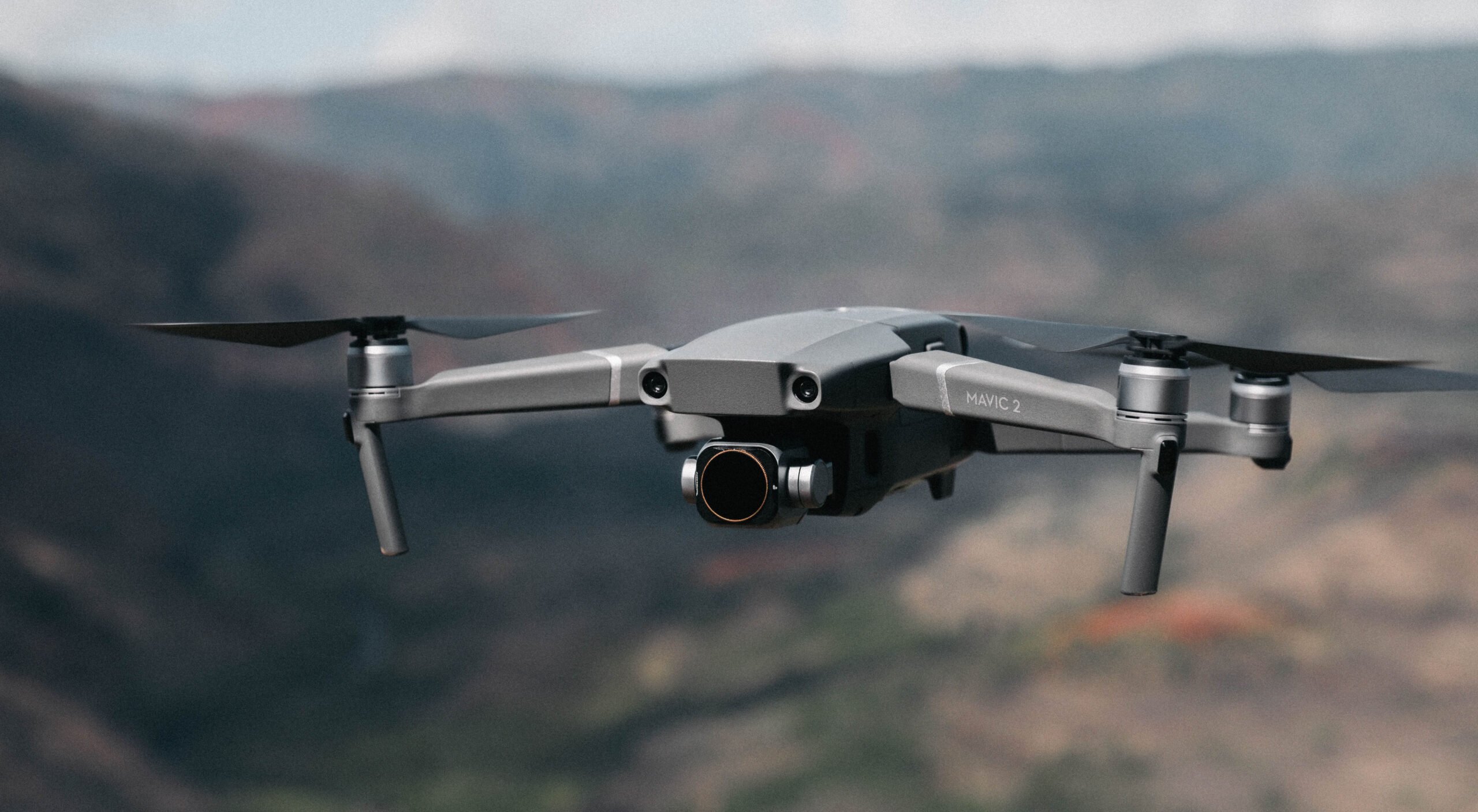Insuring Your Construction Project's Eye In The Sky: Understanding Drone Insurance Coverage

Drones – also known as unmanned aerial vehicles or UAVs – are used in the construction industry in several ways. Drones are used to perform tasks that are risky for people to perform themselves. With the industry’s push toward automation, drones play an important role in monitoring the worksite – from tracking and reporting progress to equipment and material inventory.
So your company has decided to use a drone on a construction site. The company either purchases its own drone and operates it, or finds a subcontractor to do the same. The company is aware of the risks1, but is it confident that it is adequately insured to cover those risks?
A standard commercial general liability (CGL) insurance policy may not provide adequate protection if drone use goes awry. Standard CGL policies contain an aircraft exception that excludes coverage for bodily injury or property damage that arises out of the ownership, maintenance, use, or entrustment to others of any aircraft owned or operated by or rented or loaned to any insured party. This means that without additional insurance, your company could be liable to a third party if the drone injures the third party while on or near the construction site.
There was once a question about whether drones were considered “aircrafts” under CGL policies. But a California court, in Philadelphia Indem. Insurance Company v. Hollycal Prod., Inc., has answered the question. In that case, a wedding guest was injured by a photographer’s drone. The insurance carrier argued that it had no liability under the policy to defend or indemnify its insureds against the injured guest’s claims because the bodily injury arose out of the use of an aircraft – the drone. The court agreed, finding that the drone fell squarely within the policy’s aircraft exception because it was a vehicle used for “traveling through the air.”2
Since it may not be possible to look to a standard CGL policy to pay out claims relating to drone use, purchasing a separate aircraft liability policy should be considered. This type of policy should cover two things – loss or damage of the drone and liability arising from property damage or bodily injury to third persons. With each policy, the coverage limits should be evaluated by an insurance professional to ensure adequate coverage for the project. Additionally, the policy should not exclude coverage for trespass, privacy violations, or negligence. Also, ensure that the policy protects the correct personnel and the intended use of the drone.
If the plan is to hire a subcontractor to operate the drone, the company will need assurance that the subcontractor carries adequate insurance and that its liability is protected. At a minimum, the agreement with the drone subcontractor should address the following:
(1) Additional Insurance – Require the subcontractor to obtain aircraft liability insurance, similar to the kind described above, with adequate per occurrence limits.
(2) Indemnification – The indemnity should require that the subcontractor defend and hold harmless your company and its agents from any liability arising from bodily injury, property damage, trespass, privacy violations, regulatory fines, or violations of law arising from the use of the drone.
(3) Warranty – Given the ever evolving federal and state regulations surrounding commercial drone use, the subcontractor should warrant that they have obtained the permits or exemptions required to lawfully operate the drone at the construction site.
When deciding to bring a drone onto the construction site, ensure that the company’s interests are protected if things go wrong. This can be accomplished by purchasing an aircraft liability insurance policy or by protecting interests in an agreement with a drone subcontractor. For transactional questions on this topic, please contact Kit Houston. For dispute-related questions, please contact Heather Hawkins.
1 More information regarding the risks of using drones on the construction site can be found in Heather Hawkins’ article titled, “Drone On, but Consider the Risks.”
2 Philadelphia Indem. Ins. Co. v. Hollycal Prod., Inc., No. EDCV18768PASPX, 2018 WL 6520412, at *4 (C.D. Cal. Dec. 7, 2018).
In This Article
You May Also Like
From No-Shows to Notices: A Guide to Navigating Labor Disruptions Five Critical Construction Contract Provisions Every Project Owner Should Consider